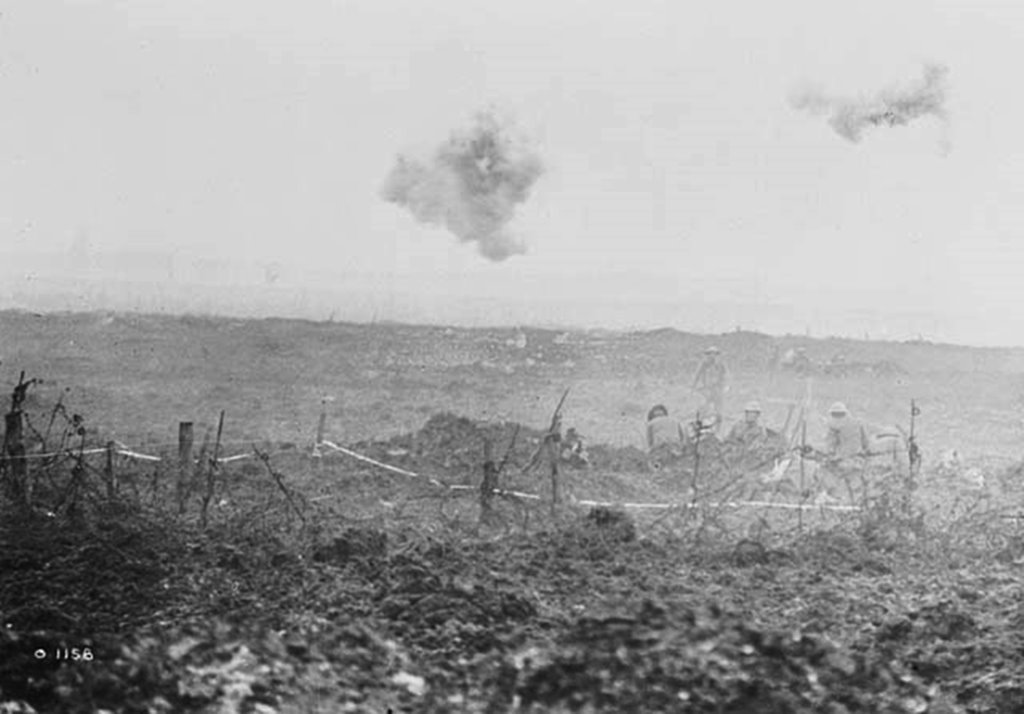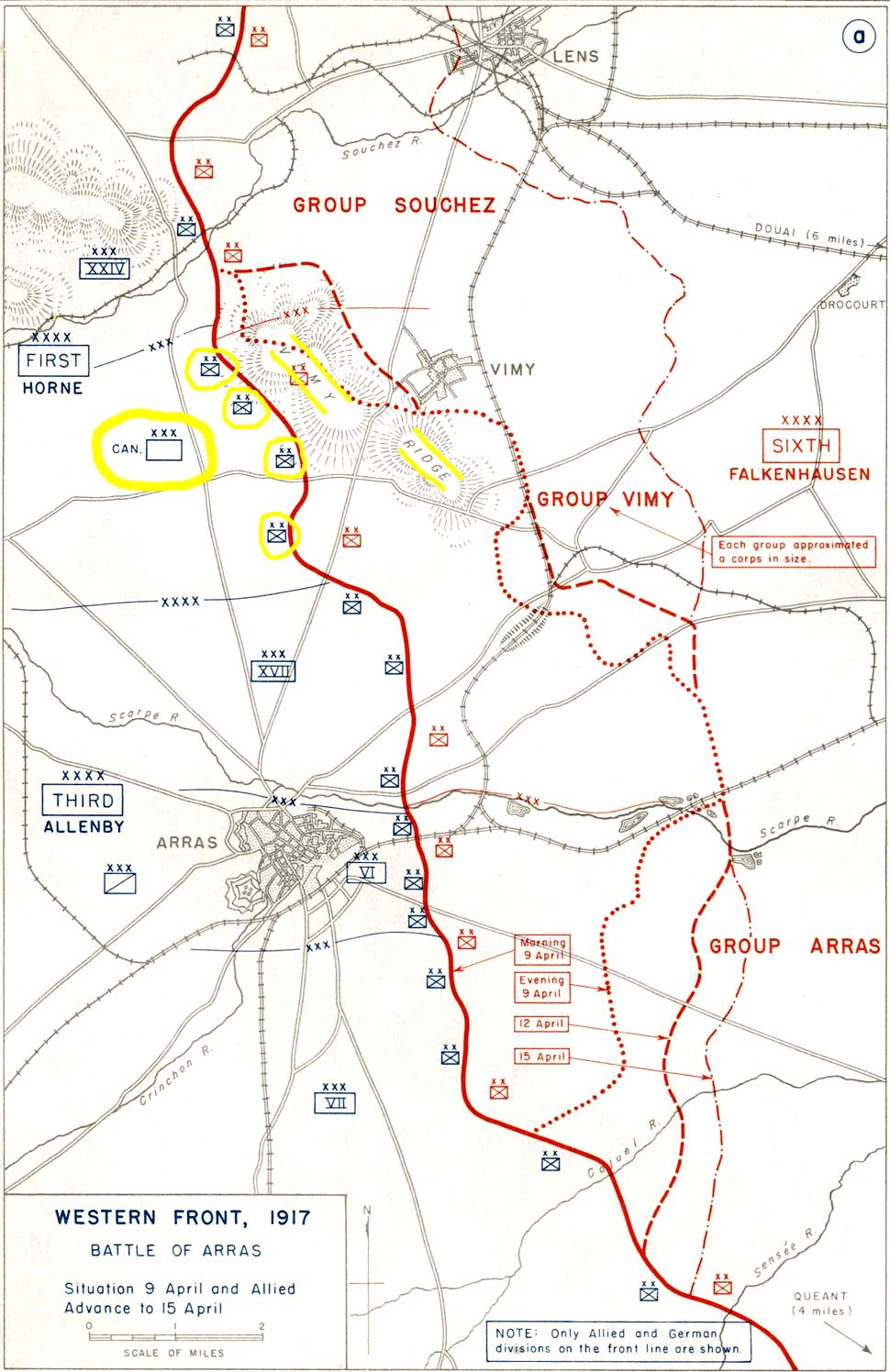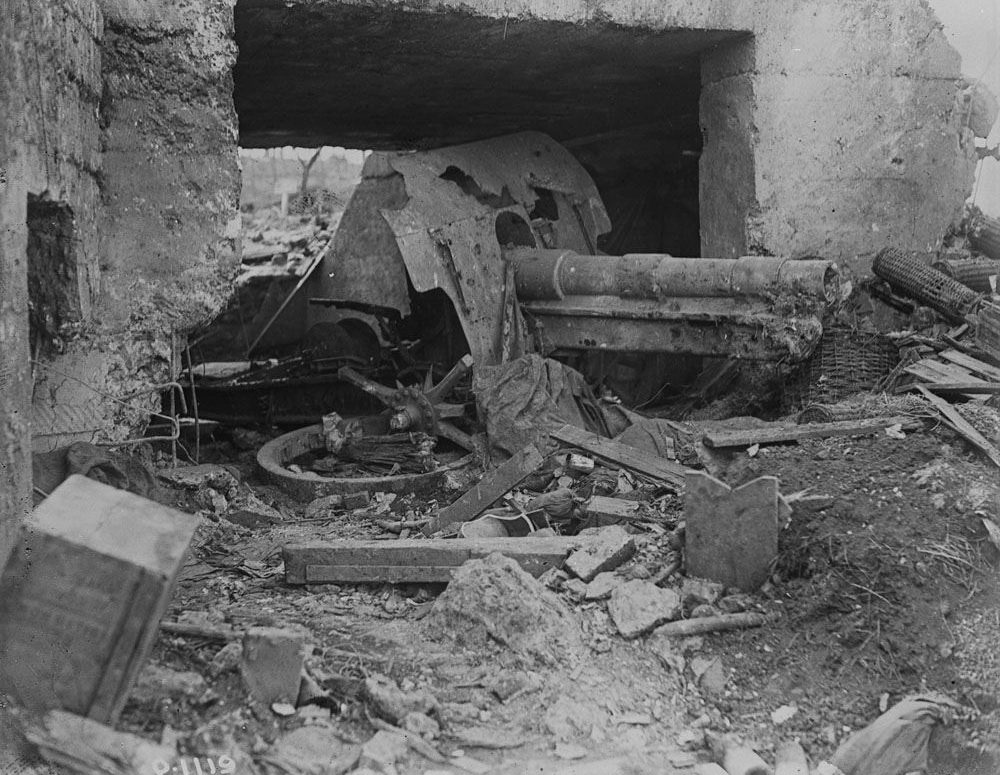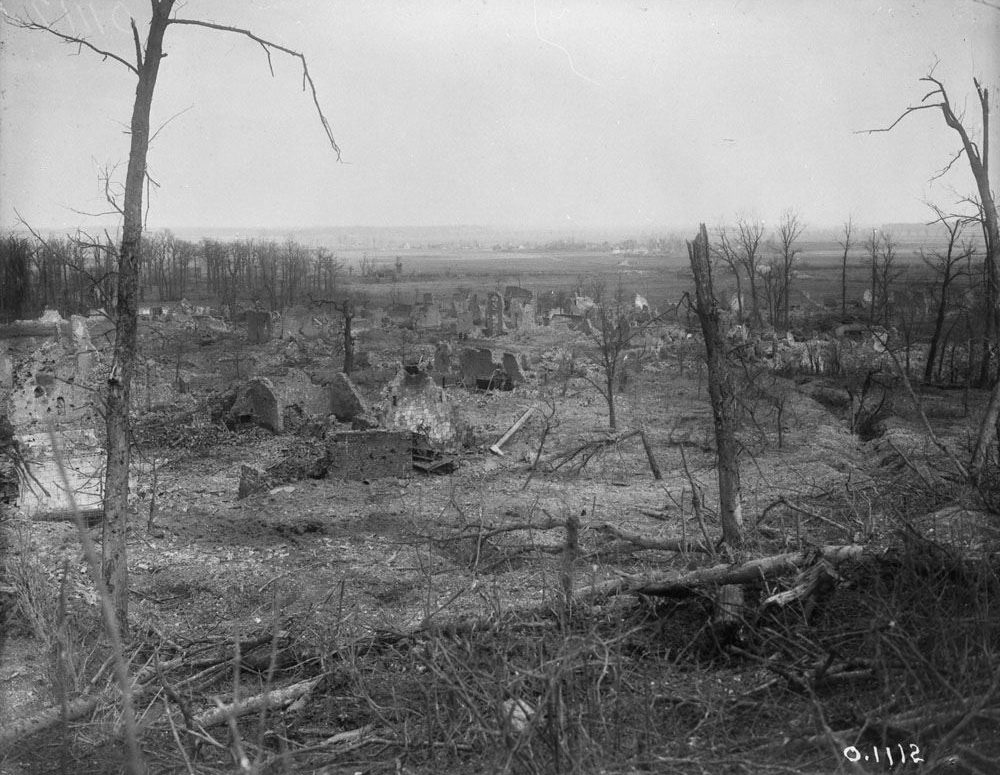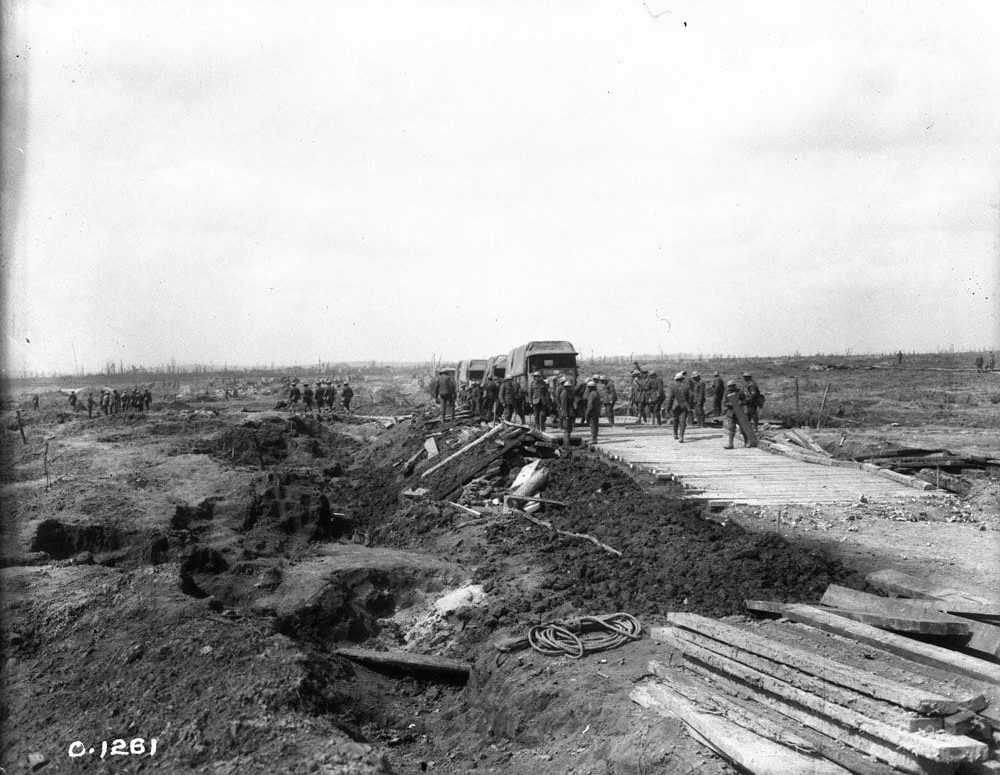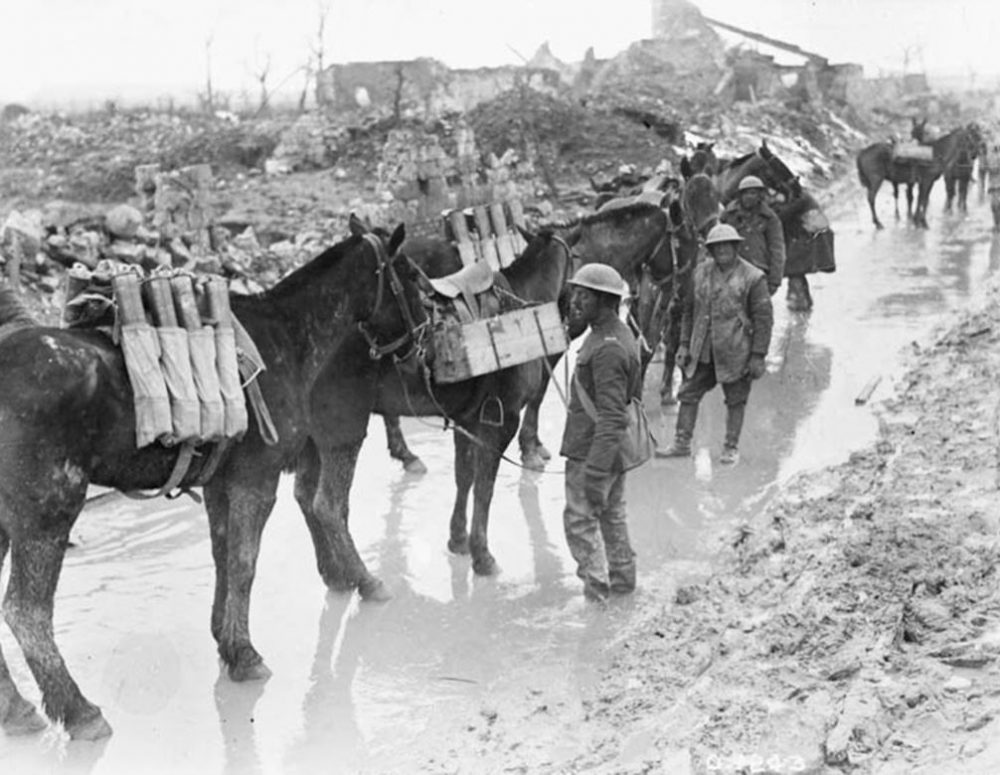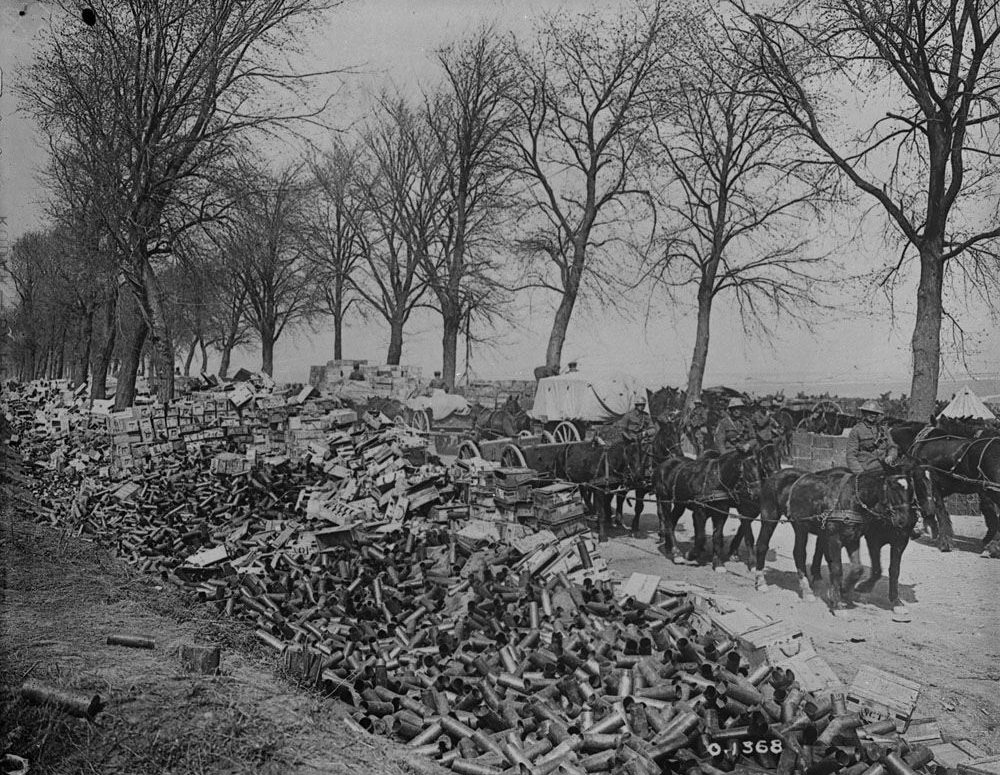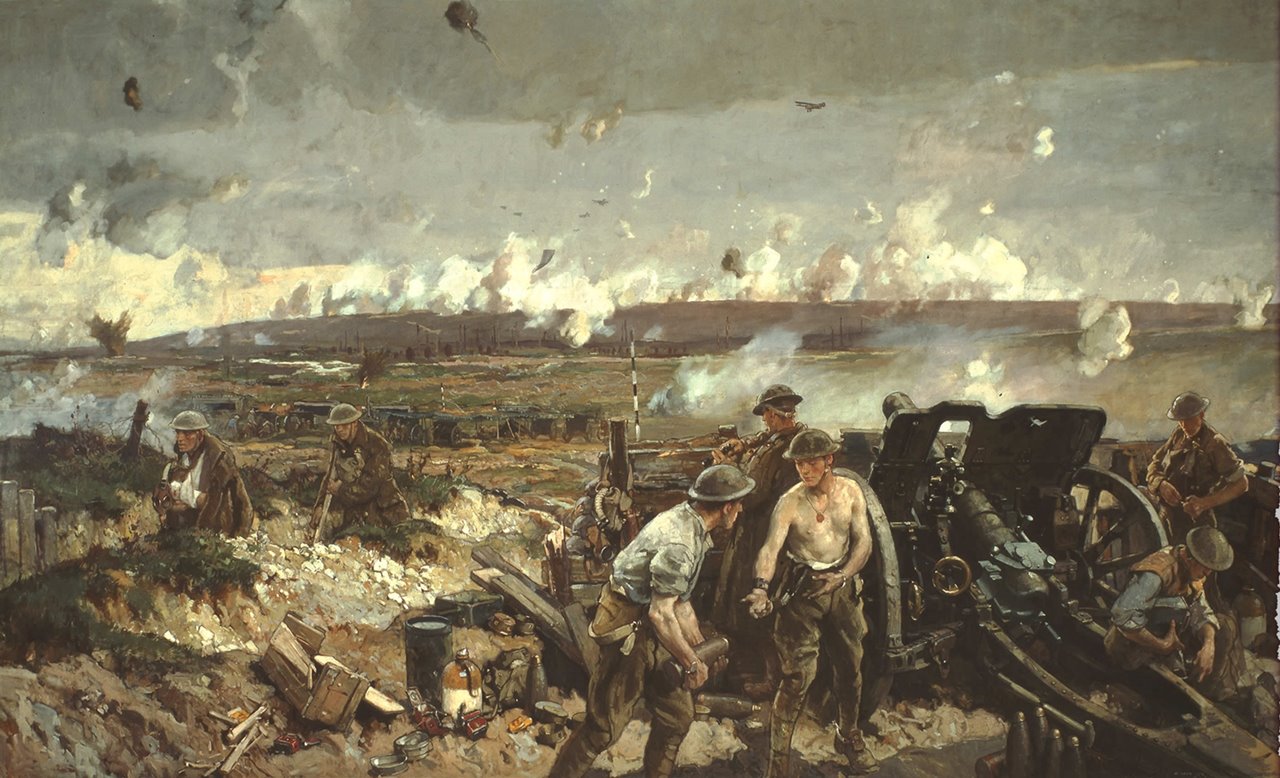Guns Blazing
As the winter of 1916-17 approached, France was becoming increasingly desperate for a breakthrough on the Western Front. French General Nivelle was promoted to replace Field Marshal Joffre in the hopes the that the former’s plan, the “Nivelle Offensive,” would puncture the invader’s line near the Aisne River in France. However, to increase the odds of his plan’s success, Nivelle requested a separate offensive action in the north by the British. Consequently, new attacks were planned to occur in the Arras sector of northeastern France.
The Arras Offensive, of which the Vimy battle was a portion, was designed to draw German troops away from defending against Nivelle’s attack 100 km to the south.
The Arras Offensive
The 7 km long Vimy Ridge was initially taken by the Germans following the Race to the Sea during the first few months of the war. Since then, German forces continued to buttress their defenses in this topographically superior location while wave after wave of French and British fighters tried to dislodge them from the ridge.
100 000 British and French men had already died on Vimy over the preceding 2 years.
By the time the Canadians had arrived, the battlefield was a mess of shell craters and destroyed materials that were interspersed with the remnants of old trenches. Decomposing bodies and hungry rats were everywhere on the wet and muddy field.
The "Week of Suffering"
In the two weeks before the attack on Vimy Ridge, more than a million shells were fired at German lines. Artillery guns targeted the German gun emplacements and dug-outs. Multiple Canadian Vickers and Lewis machine guns fired soon after, preventing German efforts at reconstruction. As a result, large parts of the opposing trench system, the barbed wire in no man’s land, and the nearby towns of Thelus, Farbus, and Givenchy were destroyed (see the above map for the location of the towns).
The territory within and behind the German lines was so pockmarked and cratered that it became extremely difficult for food, water, and other supplies to be brought to the front lines. At the time of the battle, many enemy soldiers had not eaten in as many as three days. The Germans referred to this period “the week of suffering.”
Raiding at Vimy
Recon. Raiding. Intelligence. Trench Weapons. PPCLI (1915). Failed Raid.
Zero Hour -05:30-
April 9, 1917. Animated Map. Positive Factors. Timeline of Advance. Legion Video. Success.
J.G. Pattison, V.C.
40 year old Calgarian. Video Biography. Victoria Crosses. Milne. Sifton. MacDowell. Prisoners.
Guns Blazing Quiz
Offensives and Attacks. Positive and Negative Factors. Victoria Crosses Awarded.

